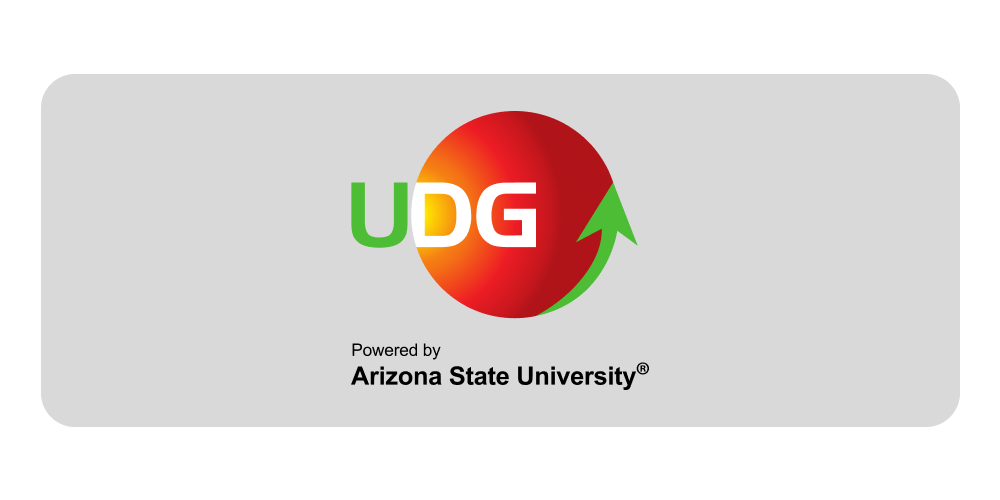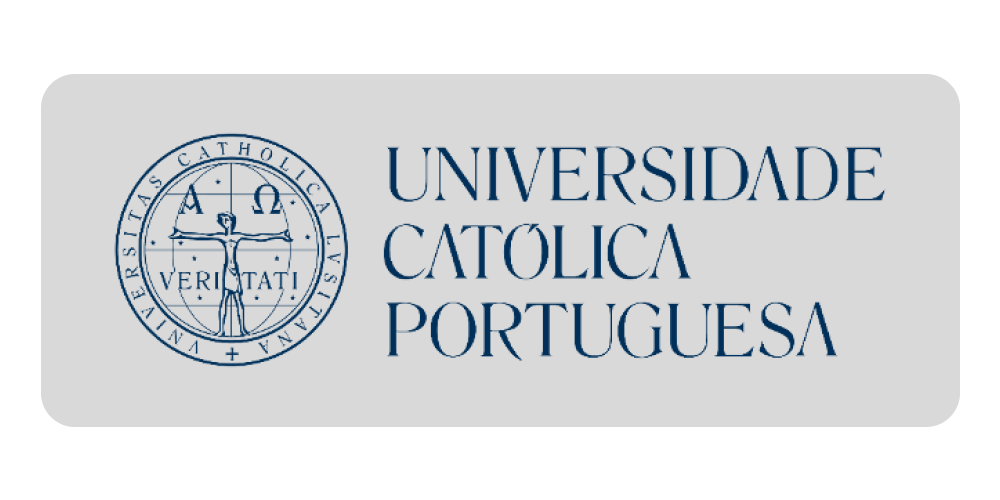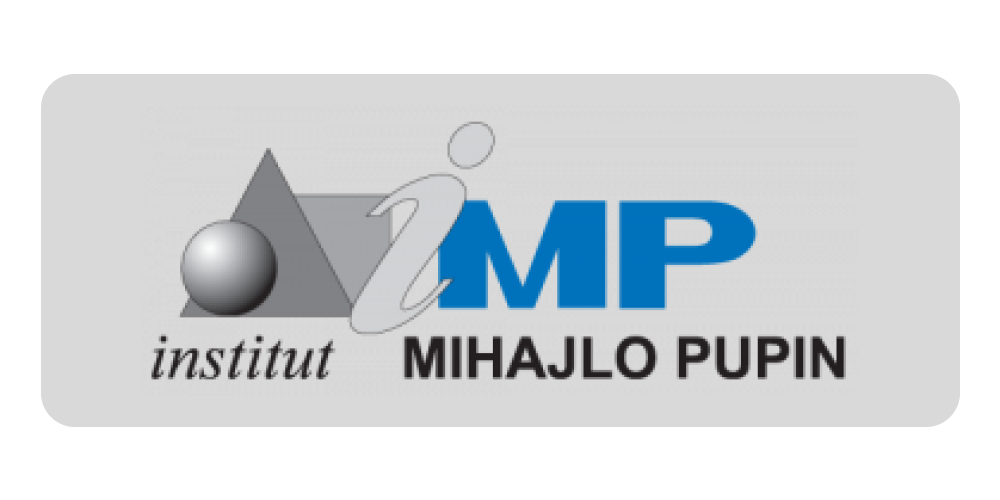Универзитет у Новом Саду, Медицински факултет
Biological-chemical characterization of species of genus Hypericum L. (Hypericaceae) from central part of Balkan Peninsula and typification of teas based on St. John’s wort
2017
Rod Hypericum obuhvata oko 500 različitih vrsta klasifikovanih u 36 sekcija. Najpoznatiji predstavnik roda je kantarion (Hypericum perforatum, Hypericaceae). Hemijska karakterizacija kantariona je bila predmet mnogobrojnih istraživanja koja su pokazala prisustvo različitih klasa jedinjenja, kao i širok spektar biološkog potencijala. Međutim, ispitivanja su otkrila prisustvo istih klasa jedinjenja i u drugim predstavnicima roda Hypericum, opravdavajući hemijska istraživanja i određivanje bioloških aktivnosti. S obzirom da se kantarion retko plantažno uzgaja, već uglavnom sakuplja iz prirode, neretko usled nedovoljne obučenosti sakupljača lekovitog bilja dolazi do zamene propisanog biološkog izvora droge Hyperici herba (H. perforatum subsp. perforatum, Hypericaceae) morfološki sličnim predstavnicima roda, što posledično utiče na sadržaj aktivnih principa i biološki potencijal. Zbog toga su ciljevi ove doktorske disertacije: utvrđivanje uticaja geografskog porekla i stadijuma ontogenetskog razvoja biološkog izvora na kvalitativni i kvantitativni hemijski sastav, biološki potencijal vodeno-alkoholnog ekstrakta taksona roda Hypericum, kao i utvrđivanje kvaliteta (stepen usitnjenosti, biološki izvor, hemijski sastav i biološki potencijal) komercijalno dostupnih čajeva na bazi kantariona koji se nalaze u slobodnoj prodaji. Biljni materijal je obuhvatio uzorke 32 taksona roda Hypericum kao i 51 uzorak monokomponentnih čajeva na bazi kantariona prikupljenih na teritoriji centralnog dela Balkanskog poluostrva, centralne Evrope, Rusije i Turske tokom 2011-2016. godine. U većini ispitanih ekstrakta kvantifikovan je visok sadržaj ukupnih fenola i flavonoida. Rezultati određivanja sadržaja hipericina u ispitivanim ekstraktima pokazali su njegovo prisustvo kod uzoraka svih taksona prikupljenih za vreme cvetanja, pri čemu je to bila i fenofaza u kojoj je dostignut maksimalan sadržaj. Hiperforin je takođe detektovan u većini uzoraka prikupljenih za vreme cvetanja, prateći dinamiku akumulacije sličnu hipericinu. Sa druge strane apigenin i epikatehin nisu detektovani u velikom broju ispitanih ekstrakta, dok je prisustvo naringenina kvantifikovano u manje od 50% uzoraka. Amentoflavon je bio prisutan u manje od 30% ispitanih uzoraka. Visok sadržaj kvercetina i rutina je određen u svim ispitanim ekstraktima, pri čemu u slučaju kvercetina nije zabeleženo značajnije variranje tokom ontogenetskog razvoja, dok je maksimalna koncentracija rutina određena u uzorcima prikupljenim pre, ili za vreme cvetanja. U većini uzoraka detektovane su galna, hlorogenska, kafena i p-hidroksibenzojeva kiselina (naročito u periodu koji prethodi cvetanju), dok ferulna kiselina nije kvantifkovana kod više od 80% ispitanih ekstrakta. Rezultati su pokazali snažnu antioksidantnu sposobnost ispitivanih ekstrakata. Uočena je snažnija inhibicija monoaminooksidaze A u odnosu na monoaminooksidazu B, kao i viši anti-α-glukozidazni od anti-α-amilaznog potencijala. Sposobnost inhibicije acetilholinesteraze je ocenjena kao umerena. Ispitivanje antiproliferativnog potencijala ekstrakata vrsta roda Hypericum, je pokazalo izrazit sinergistički efekat sa antineoplastičnim lekom bleomicinom (radiomimetik) kao i visoku selektivnost prema ćelijama karcinoma cerviksa i melanoma, za razliku od umerenog antiproliferativnog potencijala i niske selektivnosti samih ekstrakata prema malignim ćelijama. Zabeležen je značajan broj neusitnjenih (in toto) komercijalno dostupnih uzoraka čajeva na bazi kantariona, dok su kao biološki izvor ispitanih uzoraka čajeva identifikovane različite podvrste H. perforatum. Sličnost hemijskog profila i biološkog potencijala velikog broja ispitanih taksona sa H. perforatum ukazuju na mogućnost njihove eksploatacije. Međutim, zavisnost navedenih parametara od geografskog porekla biljnog materijala ističe značajan uticaj abiotičkih ekoloških faktora na kvalitet droge. Hemijski sastav i morfološko ispitivanje uzoraka monokomponentnih čajeva na bazi kantariona ukazuju na neophodnost kontrole njihovog kvaliteta.The genus Hypericum includes more than 500 different species classified in 36 sections. The most known representative of genus is St. John's wort (Hypericum perforatum, Hypericaceae). Chemical characterization of St. John's wort was the subject of many conducted researches which demonstrated the presence of different classes of compounds, as well as a wide spectrum of biological potential. However, the studies have also shown the presence of the same compounds in other representative of the genus Hypericum, justifying the evaluation of their chemical composition and biological potential. Considering the fact that St. John's wort is rarely being cultivated, rather collected from nature, unqualified collectors may substitute the official biological source of Hyperici herba (H. perforatum subsp. perforatum, Hypericaceae) for morphologically similar representatives of the genus, consequently affecting the quantities of active principles and biological potential of the drug. The aims of this PhD thesis were to evaluate the influence of geographical origin and stage of ontogenetic development of biological source on qualitative and quantitative chemical composition and biological potential of water - alcoholic extract of different Hypericum taxa, as well as to determine the quality (grinding degree, biological source, chemical composition and biological potential) of commercially available St. John’s wort teas on the market. The plant material included samples of 32 taxa of genus Hypericum, as well as 51 commercially available sample of monocomponent teas based on St. John's wort collected at territory of central part of Balkan Peninsula, central Europe, Russia and Turkey, during period 2011 - 2016. High amounts of total phenolics and flavonoids were quantified in the most of the examined extracts. Quantification of hypericin showed its presence in all of the samples collected during flowering period, while that was also the ontogenetic stage of its maximum accumulation. Hyperforin was also quantified in most of the samples collected during flowering period, following the hypericin trend of accumulation. On the other hand, apigenin and epicatechin were not detected in large number of the examined extracts, while naringenin was detected in less than 50% of samples. Amentoflavone was present in less than 30% of the examined samples. High amounts of quercetin and rutin were determined in all of the examined samples. No significant changes in the amounts of quercetin during ontogenetic development were noticed, while the highest amounts of rutin were determined in samples collected before, or during flowering. Gallic, chlorogenic, caffeic and p-hydroxybenzoic acid were detected in most of the examined samples (especially in period before opening of the flowers), while ferulic acid was not quantified in more than 80% of samples. The results have demonstrated strong antioxidant potential of the examined extracts. Stronger potential of the examined extracts to inhibit monoamine oxidase A than monoamine oxidase B, as well as stronger anti-α-glucosidase than anti-α-amylase potential were recorded. The obtained anticholinesterase activity of the examined extracts was moderate. The examination of antiproliferative potential of different Hypericum species extracts has shown additive effects in combination with bleomycin (radiomimetic), as well as high selectivity toward cervix and melanoma cancer cells. On the other hand, moderate antiproliferative potential and low selectivity during treatment of cancer cells only with the examined extracts was recorded. Significant share of in toto commercially available tea samples based on St. John's wort was noticed, while different subspecies of H. perforatum were identified as biological sources of the examined teas. Chemical profile and biological potential resemblance between a large number of investigated taxa and H. perforatum point to possibilities of their exploitation. However, the dependence of listed parameters from geographical origin of plant material emphasizes the importance of abiotic ecological factors for the quality of herbal drug. Chemical composition and morphological examination of monocomponent teas based on St. John’s wort stress the importance of their quality control
Универзитет у Новом Саду, Медицински факултет
Biological-chemical characterization of species of genus Hypericum L. (Hypericaceae) from central part of Balkan Peninsula and typification of teas based on St. John’s wort
Rod Hypericum obuhvata oko 500 različitih vrsta klasifikovanih u 36 sekcija. Najpoznatiji predstavnik roda je kantarion (Hypericum perforatum, Hypericaceae). Hemijska karakterizacija kantariona je bila predmet mnogobrojnih istraživanja koja su pokazala prisustvo različitih klasa jedinjenja, kao i širok spektar biološkog potencijala. Međutim, ispitivanja su otkrila prisustvo istih klasa jedinjenja i u drugim predstavnicima roda Hypericum, opravdavajući hemijska istraživanja i određivanje bioloških...
2017
 Kladar, Nebojša
Kladar, Nebojša






